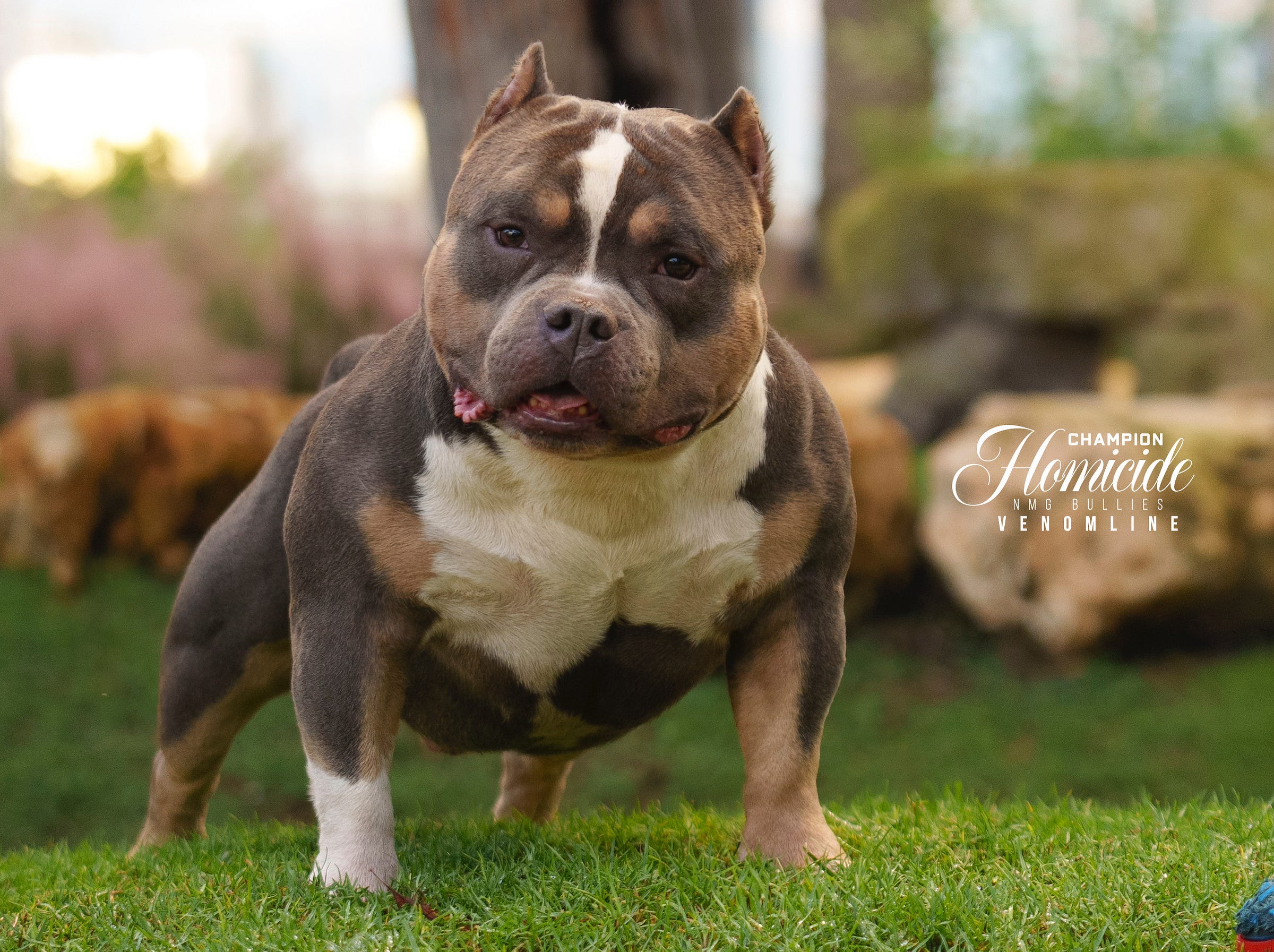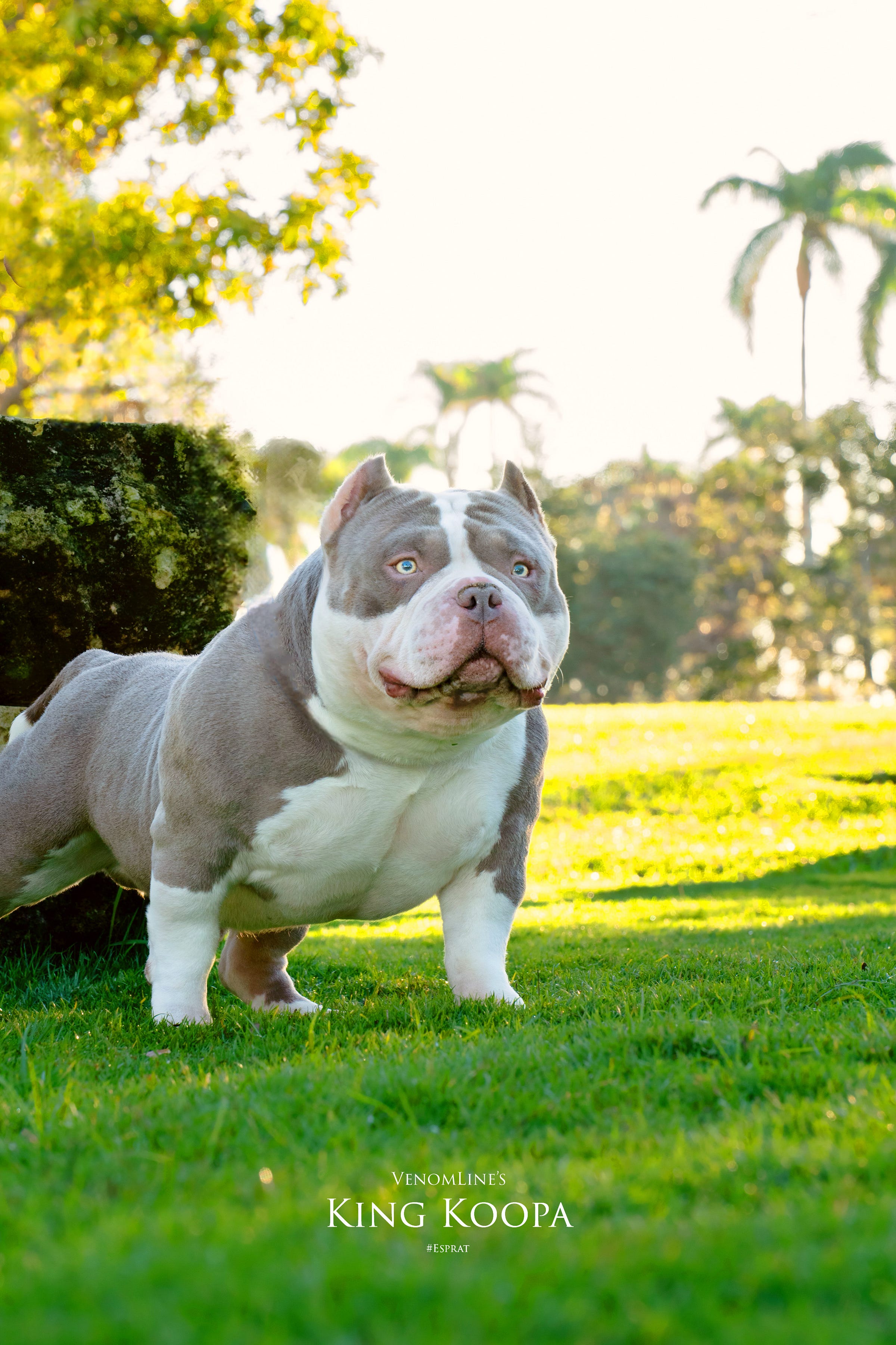Pocket Bully Training and Behavior: Tips for a Well-Behaved Companion

Understanding Your Pocket Bully: Training and Behavioral Insights

Pocket Bullies combine a robust, muscular build with an affectionate and loyal nature, making them ideal family companions. However, like any energetic dog, they require specialized training and behavior management to harness their full potential. This guide provides insights into their temperament, effective training techniques, and valuable tips for overcoming common behavioral challenges.
Understanding the Temperament of the Pocket Bully
Pocket Bullies are known for their affectionate disposition, loyalty to family members, and overall playfulness. They are confident dogs that can quickly adapt to social settings if properly introduced to a variety of people, animals, and environments. While naturally friendly, their strong-willed character means that consistency in training is essential to channel their energy positively.

Training Techniques for Pocket Bullies
Start Early
Training should begin as early as 8 weeks of age. Early socialization — exposing puppies to diverse environments, people, and other pets — is crucial in mitigating later fears or signs of aggression. For more on socialization, see our article on Puppy Socialization Tips.
Positive Reinforcement
Using praise, treats, and toys to reward positive behavior is especially effective with Pocket Bullies. These dogs thrive on encouragement, making rewards-based approaches far superior to punitive methods. Positive reinforcement helps build trust and enthusiasm for learning. For more on training methods, visit The Association of Professional Dog Trainers.
Basic Commands
Teaching essential commands like “sit,” “stay,” “come,” and “leave it” lays the foundation for further training. Short sessions (about 10–15 minutes) ensure that the dog remains engaged and absorbs the instructions well.
Leash Training
Due to their strength, early leash training is paramount. A no-pull harness can greatly assist in maintaining control during walks. Consistent practice helps the dog adapt to walking beside you without excessive pulling.
Crate Training
Crate training is useful for housebreaking and creating a safe, personal space for your dog. A well-intentioned introduction to the crate — never as a form of punishment — can foster a positive association with their “den.”
Socialization
Regular, controlled exposure to other dogs, people, and varied settings is critical. Visits to dog-friendly parks and scheduled playdates help build social skills and reduce anxiety in unfamiliar situations.
Mental Stimulation
Interactive toys, puzzle feeders, and challenge-based training exercises keep the dog mentally engaged. A mentally stimulated dog is less likely to develop destructive habits or boredom-induced issues.

Managing Common Behavioral Issues
Addressing Stubbornness
Pocket Bullies may exhibit a headstrong nature, particularly during adolescence. Consistency is key; reinforce training routines with high-value rewards and clear expectations to overcome stubborn behavior.
Separation Anxiety
Given their strong bond with family, many Pocket Bullies may experience separation anxiety if left alone for prolonged periods. Gradual acclimation, accompanied by safe chew toys or interactive treat dispensers, helps ease this anxiety.
Excessive Barking
Excessive barking often stems from boredom, anxiety, or a lack of stimulation. Ensuring regular physical exercise and mental challenges can mitigate unwanted vocalizations.
Chewing Behaviors
Chewing is normal in puppies but can continue if the behavior is not redirected. Provide a variety of appropriate chew toys and intervene gently to discourage inappropriate objects from being chewed.
Handling Aggression
Aggressive behavior in well-socialized Pocket Bullies is unusual but may occur in situations of fear or extreme stress. Early intervention through training or consultation with a professional dog behaviorist is advisable to manage aggression effectively.
Managing Leash Pulling
A no-pull harness and training sessions focused on loose-leash walking can remediate pulling. Remember to reward progress when the dog maintains a steady, close walking pace.

Additional Training and Care Tips
Regular exercise through daily walks and playtime is mandatory to keep Pocket Bullies healthy. Consistency in rules, patience during training, and seeking professional help when needed ensure a balanced, well-adjusted companion. Every training session is an opportunity to reinforce the bond between owner and dog, leading to a fulfilling and harmonious relationship.

Conclusion
Pocket Bullies are intelligent, affectionate, and eager to please. With a patient and consistent training regimen complemented by appropriate behavioral management, these dogs develop into well-mannered companions. The blend of physical strength and a gentle temperament makes the Pocket Bully a uniquely rewarding breed for both novice and experienced dog owners alike.







Comments
0 Comments